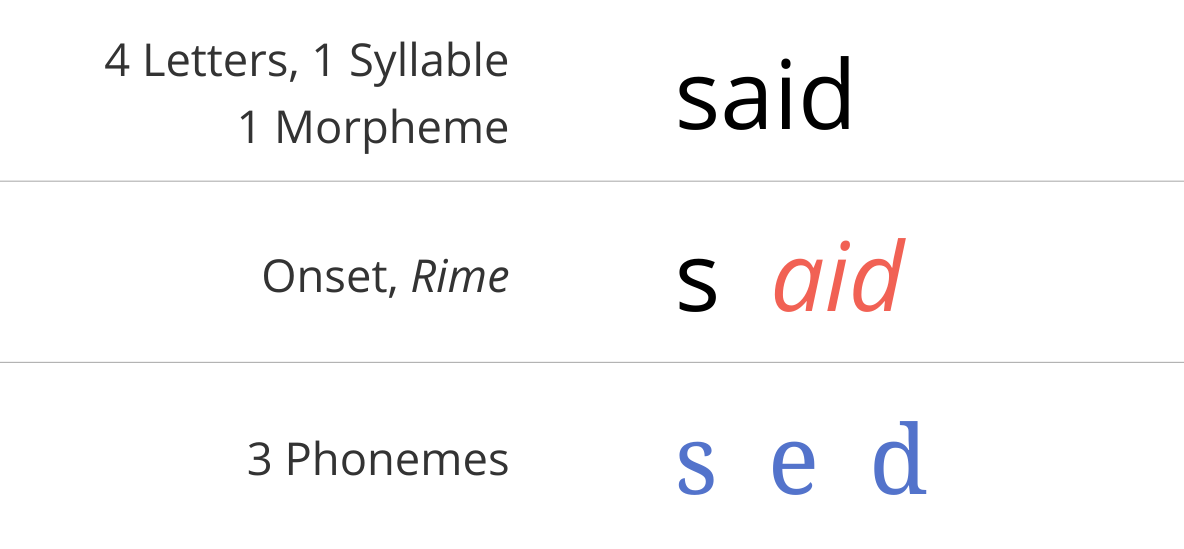If you’re looking for a textbook example of technology obstruction by the media industry, look no further than e-textbooks.
“About 90 percent of the time, the cheapest option is still to buy a used book and then resell that book,” says Jonathan Robinson, founder of FreeTextbooks.com, an online retailer of discount books. “That is really an obstacle for widespread adoption [of e-textbooks], because smarter consumers realize that and are not going to leap into the digital movement until the pricing evens out.”
That’s sad news for students headed back to college this fall. IPads, Kindles and even HP’s doomed TouchPad tablet are literally flying off the shelves, and many students wouldn’t be caught dead on campus without one.
Meanwhile, e-textbook sales at the nation’s universities are stuck in single digits, with little hope of escape before 2013. According to Simba Information , in the next two years e-textbook revenue will reach just $585.4 million and account for just over 11 percent of all higher education and career-oriented textbook sales — a notable but not yet predominant force in the marketplace.
Related: e-textbook readers compared.
